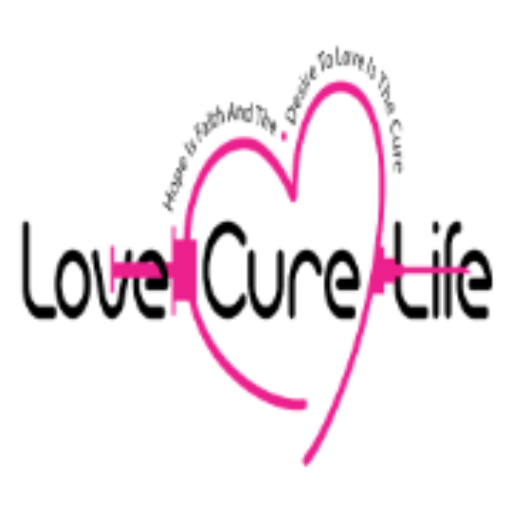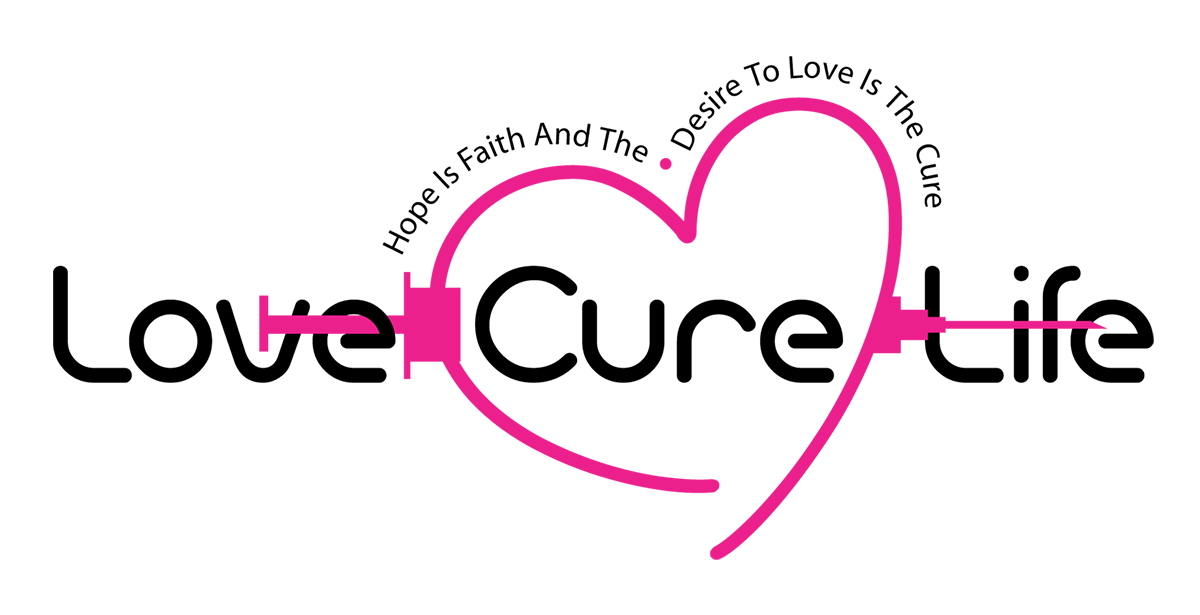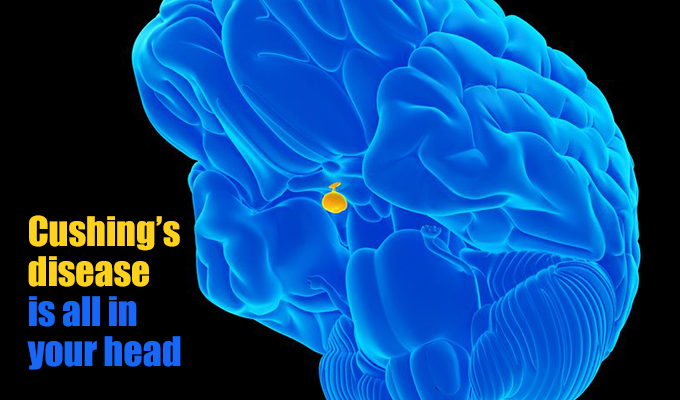What is Cushing’s Disease Awareness Day?
Overview of Cushing’s Disease
Cushing’s disease is a rare hormonal disorder leading to excessive cortisol production. Symptoms vary from weight gain to high blood pressure. Treatment options include surgery or medication to control cortisol levels.
History and significance of Cushing’s Disease Awareness Day
Cushing’s Disease Awareness Day, observed on April 8th, aims to raise public understanding of this condition, its symptoms, and treatment challenges. Celebrated globally, it empowers patients and healthcare professionals to advocate for better care and research.
Symptoms and Diagnosis
Common symptoms of Cushing’s Disease
Cushing’s disease presents with various symptoms such as weight gain, high blood pressure, and fatigue. Patients may also experience muscle weakness, mood swings, and irregular menstrual cycles in women.
Diagnostic methods and challenges
Diagnosing Cushing’s disease involves blood tests, imaging studies, and hormone level assessments. Challenges include differentiating it from other conditions with similar symptoms and determining the underlying cause of excess cortisol production.
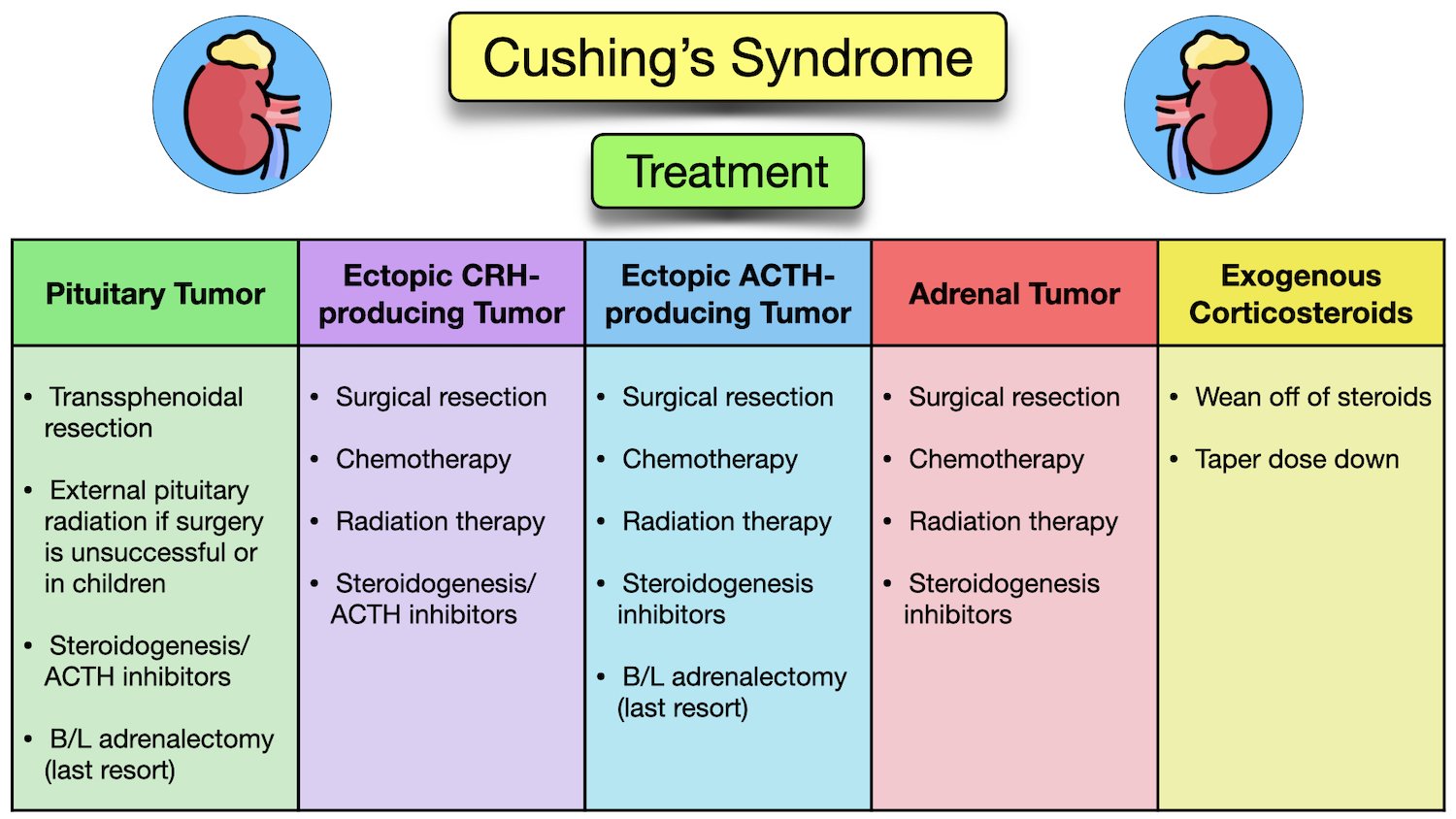
Treatment Options
Surgical interventions for Cushing’s Disease
Surgical treatment may involve removing the pituitary tumor causing excess cortisol production. In some cases, adrenalectomy to remove adrenal gland tumors is necessary. These procedures aim to normalize hormone levels and alleviate symptoms.
Medication and therapy options
Medications like ketoconazole and metyrapone can help lower cortisol levels. Additionally, therapy techniques such as cognitive-behavioral therapy may aid in managing psychological effects of the disease. These approaches aim to control symptoms and improve quality of life.
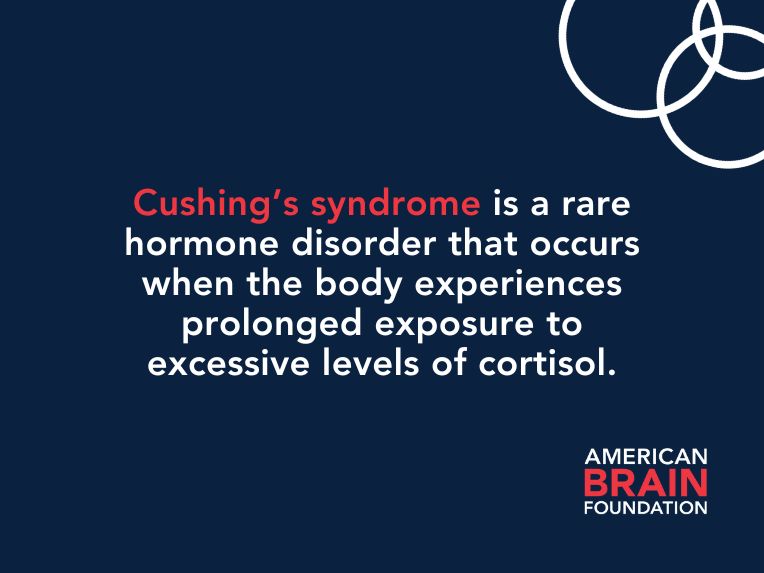
Generated Text:
Support and Advocacy
Role of support groups in Cushing’s Disease
Support groups play a crucial role in providing emotional support, information sharing, and a sense of community for individuals living with Cushing’s Disease. They offer a platform for discussing experiences, coping strategies, and medical updates that can help patients navigate their journey with the condition.
Advocacy efforts and awareness campaigns
Advocacy efforts and awareness campaigns aim to educate the public, healthcare providers, and policymakers about Cushing’s Disease. By raising awareness, advocating for better access to care and research funding, these initiatives work towards improving early diagnosis, treatment options, and overall support for individuals affected by the disease.

Research and Innovation
Current research on Cushing’s Disease
Support groups in Cushing’s Disease provide emotional support and medical updates for patients. Advocacy efforts raise awareness and push for better care. Together, they aim to improve early diagnosis and treatment options for people with the disease.
Innovative treatments and developments
Support groups offer emotional support, while advocacy efforts raise awareness of Cushing’s Disease. These initiatives seek improved access to care and research funding to enhance patient support and treatment outcomes.

Personal Stories
Patient perspectives on living with Cushing’s Disease
Support groups and advocacy efforts in Cushing’s Disease offer emotional and informational support to patients. They strive to enhance early detection and treatment options for individuals facing the challenges of the disease.
Inspiring stories of resilience and hope
Support groups and advocacy activities play a crucial role in raising awareness and improving care for people with Cushing’s Disease. They work towards fostering a supportive environment and advancing research for better patient outcomes.

Risk Factors and Prevention
Factors contributing to Cushing’s Disease
* **Genetics**: Certain genetic factors can predispose individuals to Cushing’s Disease.* **Pituitary Tumors**: Most cases of Cushing’s Disease are caused by benign tumors in the pituitary gland.* **Steroid Medication Usage**: Prolonged use of corticosteroids can increase the risk of developing the disease.
Preventive measures and lifestyle changes
* **Regular Health Check-ups**: Routine check-ups can help in early detection of any hormonal imbalances.* **Healthy Diet and Exercise**: Maintaining a balanced diet and engaging in regular physical activity can help manage weight and reduce the risk of developing the disease.* **Stress Management**: Practicing stress-reducing activities can potentially lower the risk of Cushing’s Disease.
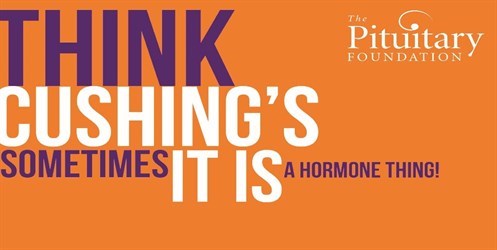
Spreading Awareness
Ways to raise awareness on Cushing’s Disease
* **Educational Campaigns**: Providing information through online platforms, seminars, and educational materials.* **Support Groups**: Creating spaces for individuals to share experiences and knowledge about the disease.* **Collaboration with Healthcare Providers**: Working with healthcare professionals to disseminate information and resources.
Community events and initiatives
* **Cushing’s Disease Awareness Walks**: Organizing community walks to raise awareness and funds for research.* **Workshops and Seminars**: Hosting events to educate the public and healthcare professionals about the disease.* **Social Media Campaigns**: Utilizing social platforms to share facts, stories, and resources about Cushing’s Disease.

Spreading Awareness
Ways to raise awareness on Cushing’s Disease
* **Educational Campaigns**: Information dissemination through online platforms, seminars, and educational materials.* **Support Groups**: Spaces for sharing experiences and knowledge.* **Collaboration with Healthcare Providers**: Partnerships to spread information and resources.
Community events and initiatives
* **Cushing’s Disease Awareness Walks**: Community walks for raising awareness and funds.* **Workshops and Seminars**: Events educating the public and healthcare professionals.* **Social Media Campaigns**: Sharing facts and resources on social platforms.
Conclusion
Impact of Cushing’s Disease Awareness Day
